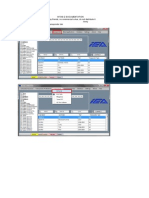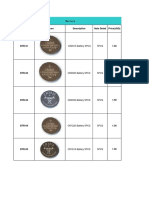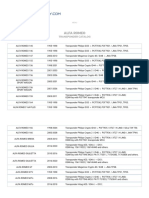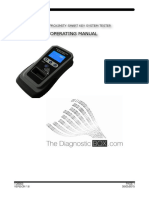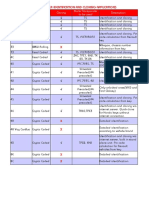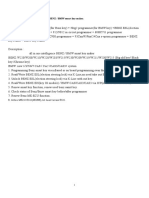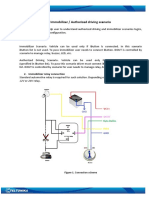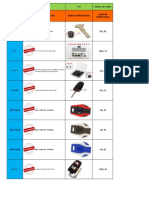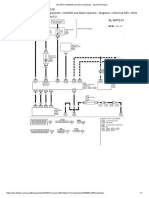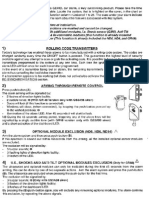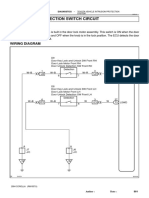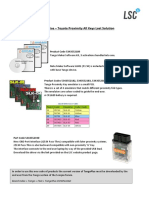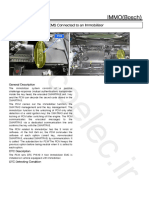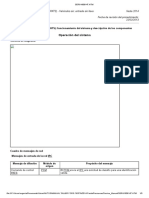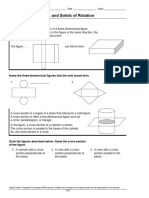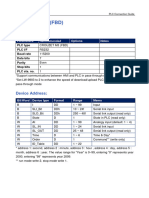100% found this document useful (1 vote)
87 views30 pagesSmart Key Code Saving (Button)
The document outlines the communication process between the Smart Key PCM and Engine PCM during the IG ON and engine starting phases, detailing the conditions for authentication and potential DTCs that may arise from communication errors. It emphasizes the importance of verifying the Smart Key PCM's learned status, checking for faults, and performing necessary repairs or replacements. Additionally, it describes the immobilizer authentication process and the significance of ensuring synchronization of information stored in EEPROM to avoid DTCs related to key/password mismatches.
Uploaded by
reza mohamadtabarCopyright
© © All Rights Reserved
We take content rights seriously. If you suspect this is your content, claim it here.
Available Formats
Download as PDF, TXT or read online on Scribd
100% found this document useful (1 vote)
87 views30 pagesSmart Key Code Saving (Button)
The document outlines the communication process between the Smart Key PCM and Engine PCM during the IG ON and engine starting phases, detailing the conditions for authentication and potential DTCs that may arise from communication errors. It emphasizes the importance of verifying the Smart Key PCM's learned status, checking for faults, and performing necessary repairs or replacements. Additionally, it describes the immobilizer authentication process and the significance of ensuring synchronization of information stored in EEPROM to avoid DTCs related to key/password mismatches.
Uploaded by
reza mohamadtabarCopyright
© © All Rights Reserved
We take content rights seriously. If you suspect this is your content, claim it here.
Available Formats
Download as PDF, TXT or read online on Scribd
/ 30












